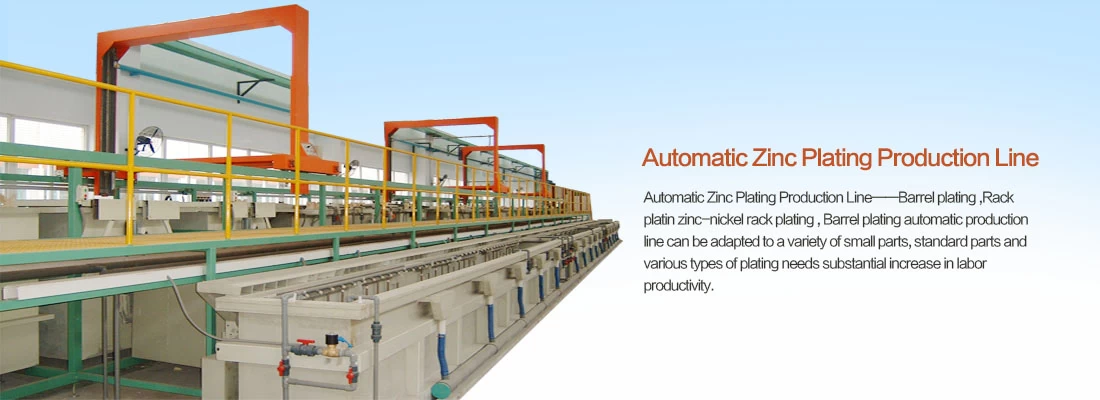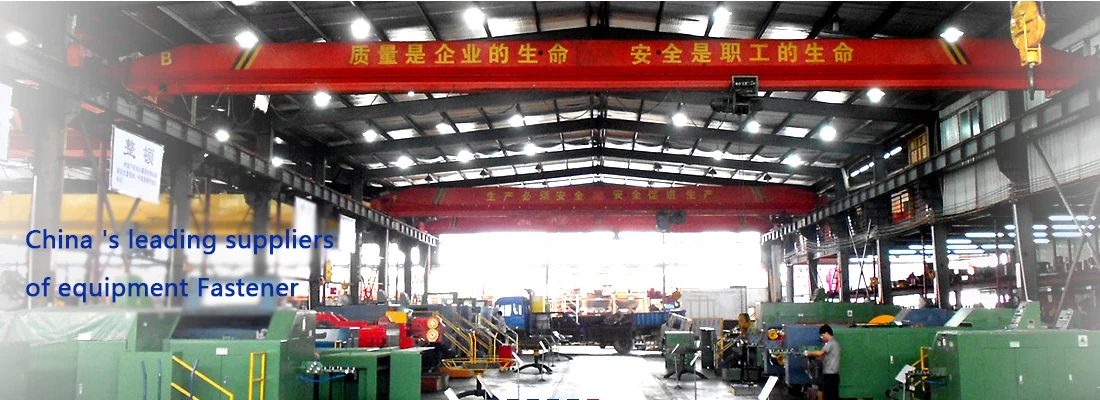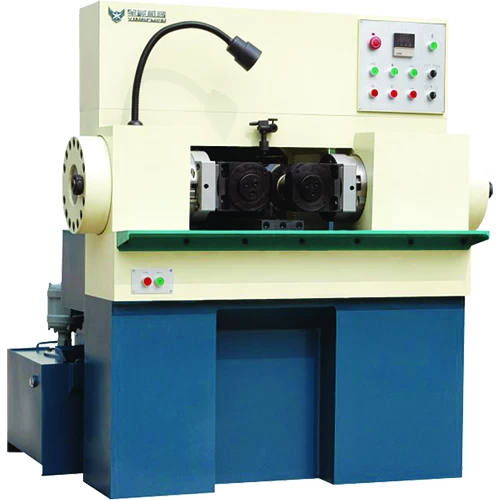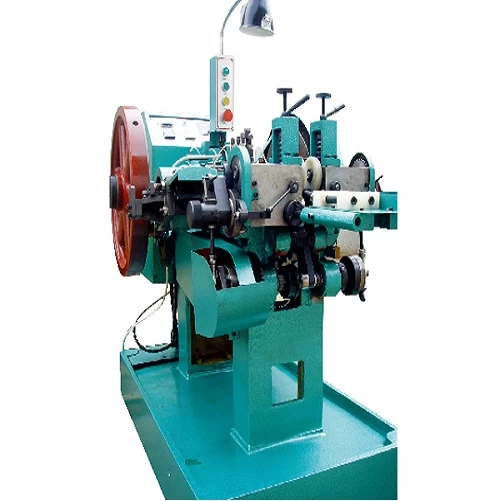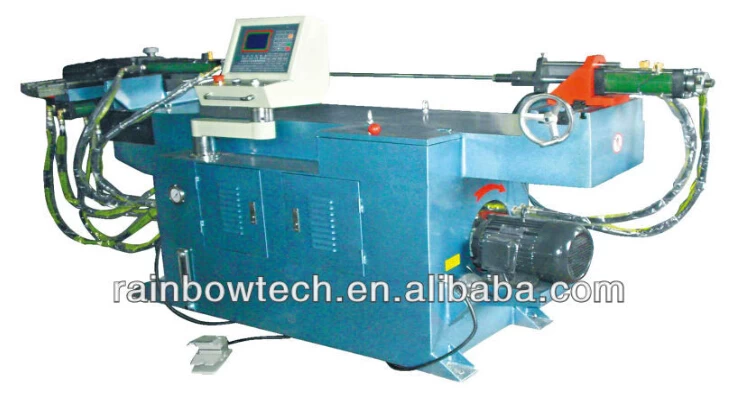Lock nut working principle
Principle of friction and deformation
The working principle of lock nuts is mainly based on the principle of friction and deformation When the nut is tightened, the threads between the bolt and the nut are in close contact, forming friction, which is able to stop the relative movement between the bolt and the nut, thus achieving the locking effect. In addition, a certain elastic deformation will occur between the nut and the bolt during the tightening process, which increases the contact area between the threads, improves the friction, and further prevents loosening
Application scenarios and precautions for use of lock nuts include:
Choose the right lock nut: Choose the right lock nut according to the use environment and needs, such as all-metal lock nut, non-metallic insert lock nut, etc.
Control tightening torque: Reasonable tightening torque is the key to ensure the locking effect, too little may lead to insufficient locking force, too much may damage the thread.
Use locking agent: Applying the right amount of locking agent before tightening can significantly improve the locking effect, and the choice should take into account factors such as working environment, temperature and material.
Regular inspection and maintenance: Regularly check the looseness of the nut, tighten or replace the damaged nut in time to ensure the stability and safety of the connection.
Use anti-loosening device: Additional anti-loosening device can be used in key parts, such as spring washers, stop gaskets, etc., to further enhance the locking effect.
By understanding the working principle of lock nuts and their applications and precautions, these components can be better applied and maintained, ensuring the stable operation of the mechanical system.



